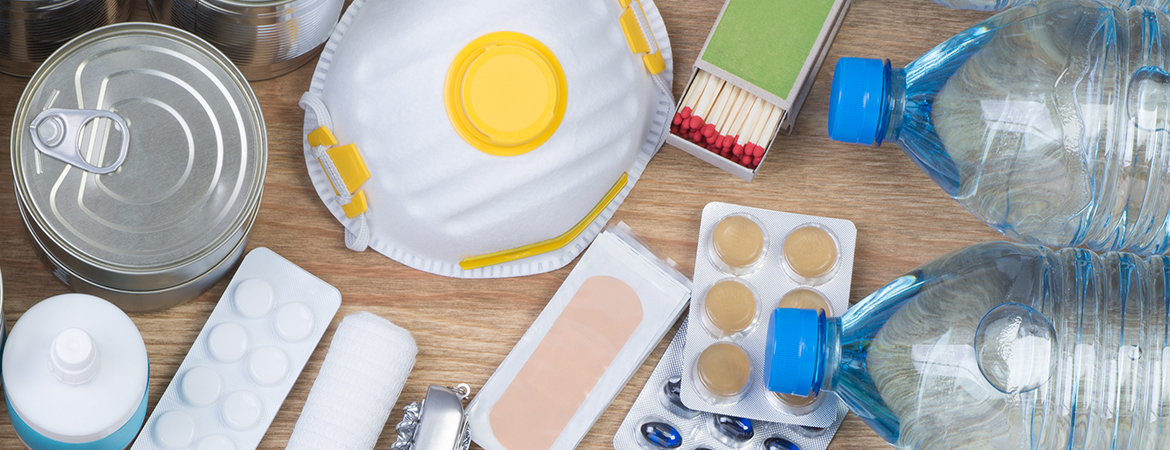How to create and maintain your family emergency kit
In the event of an emergency, it is critical that families have the essentials they need to evacuate quickly and safely.

Emergency kits are crucial to have in times of unprecedented weather and crisis. Both the U.S. Centers for Disease Control and Prevention (CDC) and the Red Cross recommend that all families maintain an emergency supply kit that is easily accessible and stocked for use anytime. Emergency kits should include household necessities and address any unique needs that may not be readily available at a disaster relief center. No matter where you may find yourself, it’s important to have a kit on-hand. The CDC urges that families have separate emergency kits for the home, car, and workplace to be prepared for any situation.
Before assembling your kit, it’s important to take stock of your family’s individual requisites, such as baby formula, prescription medication, a mobility aid, or any other unique needs. After gathering your family’s specific needs, you should begin with the most critical supplies—food and water. The Red Cross states there should be one gallon of water per person per day in your family’s kit, and to be most prepared you should have at least a two-week supply of water stored in your home, with a three-day supply ready for evacuation. The same recommendation goes for non-perishable food items.
If little ones are involved, the CDC also suggests making your family emergency kit a scavenger or treasure hunt to involve the kids and make them aware of where supplies are stored. Make it a “treasure hunt” by giving your kids their own list of supplies to search for and add to the kit. To best organize your family’s emergency kit necessities, you can use a large backpack, duffle bag, or storage container to hold all supplies.
Emergency kit essential supplies:
- Flashlight
- Battery-powered or hand-crank radio
- Extra batteries
- First aid kit (the Red Cross recommends always having antiseptic wipes)
- Medications
- Personal hygiene items
- Multi-purpose tool
- Copies of important personal documents (medical information, proof of address, passports, birth certificates, insurance policies, etc.)
- Family and emergency contact information
- Cell phones with chargers
- Extra cash
- Emergency blanket
- Maps of your surroundings
- Dust or N-95 masks
Additional supplies include:
- Plastic sheeting, scissors, and duct tape (to shelter in place)
- Sleeping bags
- Extra clothes and shoes
- Manual can food opener
- Hand sanitizer or disinfecting wipes
- Disposable plates, cutlery, and paper towels
- Matches
- Books, games, or other activities for kids
Once your kit is put together, store it in a cool, dry place, ensure that expired goods are replaced as needed, and be sure to update your kit as your family’s needs grow and change. A good tip is to check your emergency kit every six months to make sure all items are functional and up to date.
If your family has a pet, click here for information on ensuring their safety in the event of an emergency weather event or evacuation.
At Kentucky Farm Bureau, we’re just as invested in your home as you are. We help protect what’s important to you – from farms and fishing boats to minivans and mobile homes. To see a full list of products we insure, click here.
